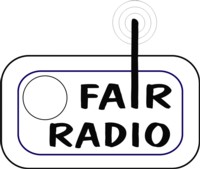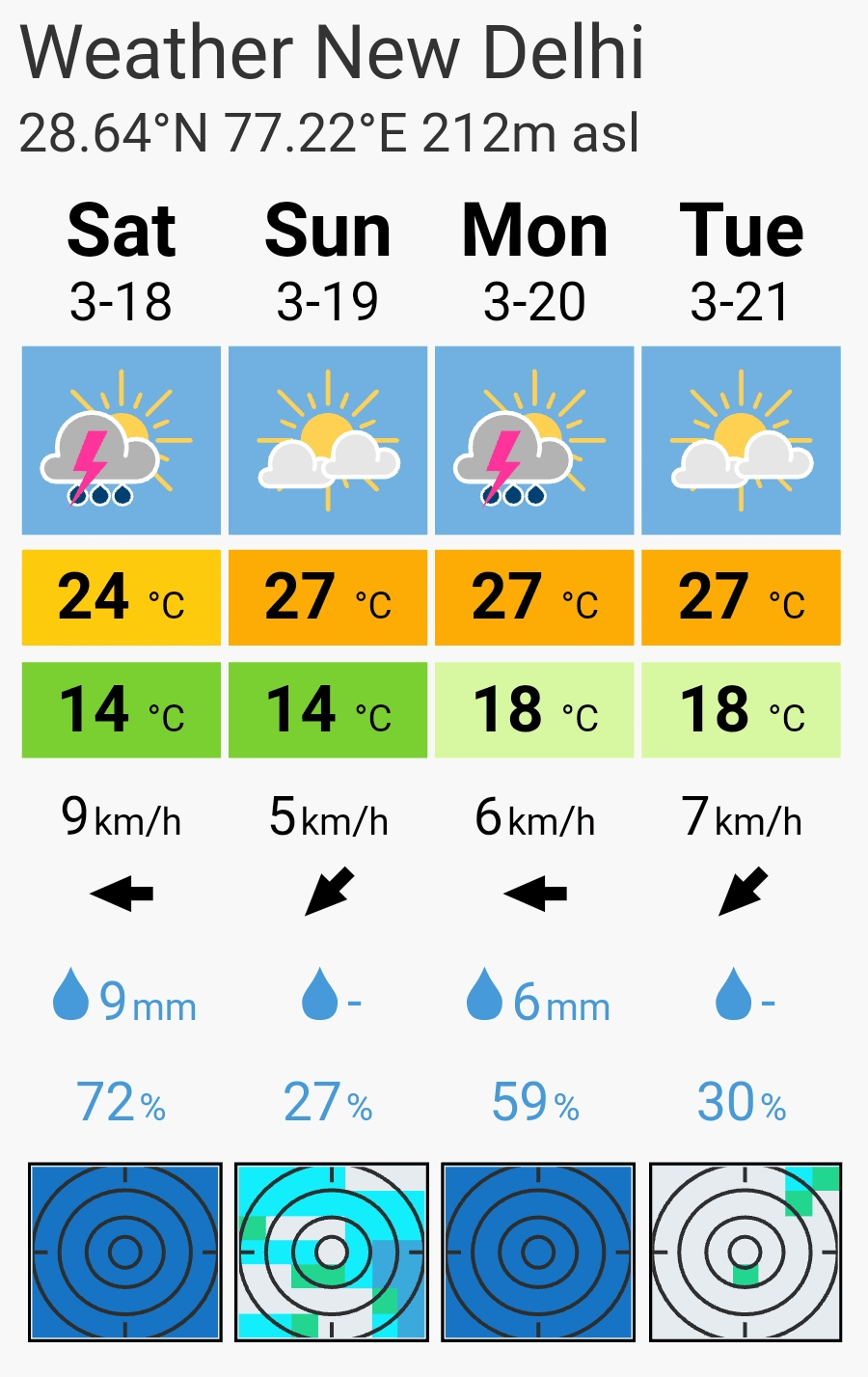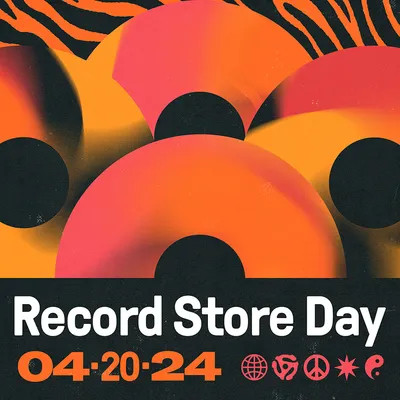Raga CDs of the months (09/08): Surs(h)ringar… pathfinder of the Sarode
Posted by ElJay Arem (IMC OnAir) on August 31, 2008
Sursringar, behind this “exotic term” is an Indian instrument of the family Tata Vadya, so called chordophones*. Tata is derived from “Tan“, in it’s meaning “pulled on tension“.
The Indian violin, the Sarangi, Indian lutes (Veenas), Sitar and Sarod, Santoor, Surbahar (Bassitar), Tanpura or the Sursringar belong all together to the group of Tata Vadya.
The origin of the Sursringar is remarkable. This stringed instrument roots back to Afghan origin. – The instrument of the Pashtuns is the Rabab. The Pashtuns are East Iranian people living all over South and Central Asia. Before approx. 2500 years the Rabab was introduced to Afghanistan. In India the Rabab (Seni Rabab) was used since the 16th century, during the Mogul regency of Akbar.
date of broadcasting: 2nd September 2008 – 09:00 p.m. (MESTZ)
(repetition: 4th September 2008 – 03:00 a.m. (MESTZ))
broadcasting plan | streaming (Internet Radio & Mobile Radio) | podCast
After the use at Akbar’s court the Rabab was modified at round about 1830 by Jafar Khan, a descendant of Tansen, who was a famous musician at the court of Akbar. The play on the Rabab covered with gut strings was particularly in the monsoon time of India problematic in it’s tuning.
Javar added a metallic finger board, a wooden head, metal strings of steel and bronze and a bridge similarly the Sitar. 6 play strings and 2 strings for the rhythm run over a flat horn bridge. It is positioned on the sounding body which is closed with a timber cover.
The Sursringar is developed from three different instruments. Beside the Afghan Rabab there is the Mahati Veena and Kachhapi Veena. – The Veenas, the Indian lutes are one of the oldest instruments of India.
The small gourd as resonator and the string anchorage at the neck are elements of the Mahati Veena. The flat sounding body made of a horizontal cut opened gourd is similarly to the Kachhapi Veena (popular called as Kachhapi Sitar).
All modifications of Jafar Khan became well known as Sursringar and remind very much of the Sarod. The Sursringar is understood today as the forerunner (pathfinder) of the Sarod and named as Bass sarode. The tonal quality of the Sarod on it’s own was improved in recent time by modifications of the living legend Ali Akbar Khan.










Leave a comment